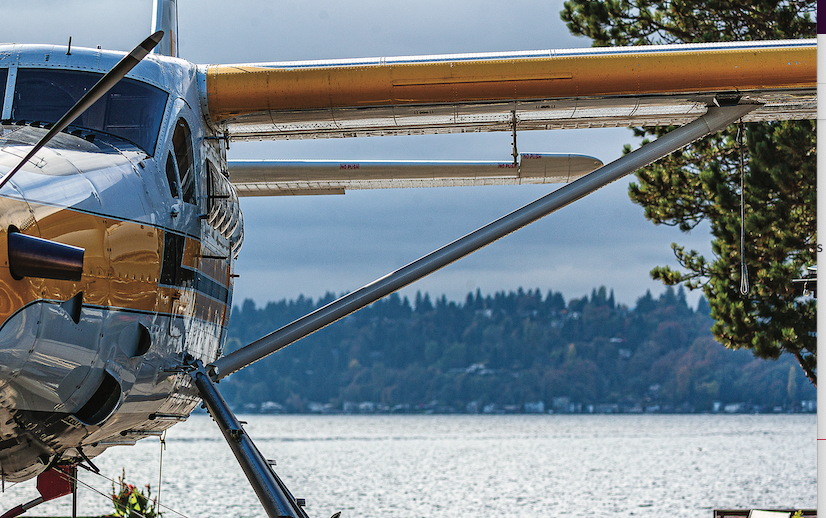FAA Under Scrutiny for Timing of DHC-3 AD
Transport Canada issued a similar airworthiness directive more than four years ago.

The FAA released the emergency AD for de Havilland Canada DHC–3 Otters last week, four year after Transport Canada issued a similar AD. [Courtesy: Stephen Yeates]
The timing of the FAA's emergency airworthiness directive (AD) addressing possible corrosion in tail assemblies of de Havilland Canada DHC–3 Otters is under scrutiny from industry leaders.
The FAA released the emergency AD last week. Transport Canada issued a similar AD more than four years ago. AD CF-2018-04 was issued by Transport Canada on January 19, 2018, in response to corrosion found on DHC-3 tail assemblies. The AD established a requirement for inspecting the aircraft’s elevators for corrosion, which can lead to structural failure and result in an uncommanded nose-down pitch moment.
Last month, a deHavilland DHC-3 Turbine Otter operated by Northwest Seaplanes went down in Mutiny Bay off Whidbey Island in Washington. According to witnesses, the aircraft was flying at an altitude of approximately 600 feet above the surface when it suddenly plunged into the water, killing all 10 people on board.
The timing of the FAA’s emergency AD and the accident did not go unnoticed by those in the industry, who questioned why the FAA did not issue the AD sooner.
The FAA responded directly today to FLYING’s request for comment on the timing, saying: "The FAA has coordinated this issue with Transport Canada. The FAA proposed a rule earlier this year in response to the Canadian AD. As an interim action, the FAA is issuing this emergency airworthiness directive."
A search of the Federal Register revealed that in February 2022 the FAA had issued a notice of proposed rule making in response to Transport Canada AD CF-2018-04. The agency is in the process of taking comments.
Compliance with the AD requires repetitive, detailed visual inspections of the entire left-hand elevator auxiliary spar looking for cracks, corrosion, and previous repairs. The AD also requires sending the inspection results to the FAA. In addition to the inspection, the AD mandates the replacement of the elevator auxiliary spar if necessary, on all de Havilland Canada DHC–3 Otters.
The AD notes that if not addressed, the aircraft could experience elevator flutter leading to elevator failure and possible loss of control of the airplane.
Details of the September Seaplane Crash
On the afternoon of September 4 the DHC-3 Turbine Otter was enroute from Friday Harbor to Renton when the aircraft went down in Mutiny Bay. There was no report of a distress call being issued from the pilot.
The wreckage sank in approximately 150 feet of water. Because of the depth and treacherous currents it took several days to locate the wreckage, and several weeks for the U.S. Navy—using remotely operated vehicles—to recover the aircraft and the victims. According to the National Transportation Safety Board, approximately 80 percent of the wreckage was pulled from the water. It will be studied in hopes of identifying the cause of the crash.
The NTSB notes the remains of seven victims have been recovered and identified. One woman was pulled from the water immediately after the accident. Others were removed from beneath the waves. Two weeks after the event, a female torso later identified as being from the accident was found on a beach a few miles from the crash site. Three passengers remain unaccounted for.

Subscribe to Our Newsletter
Get the latest FLYING stories delivered directly to your inbox






